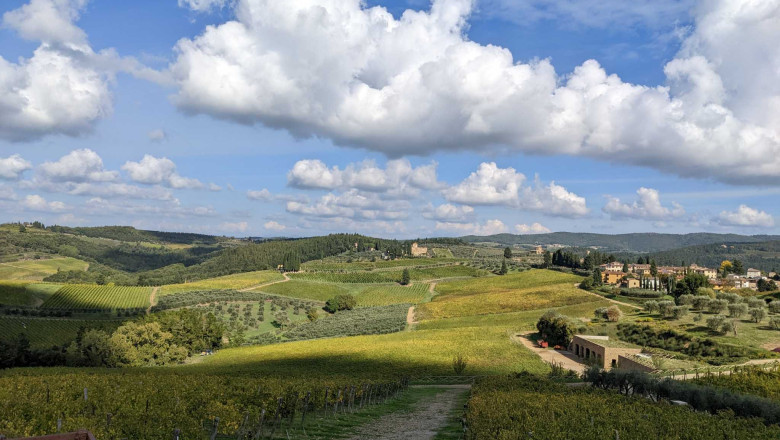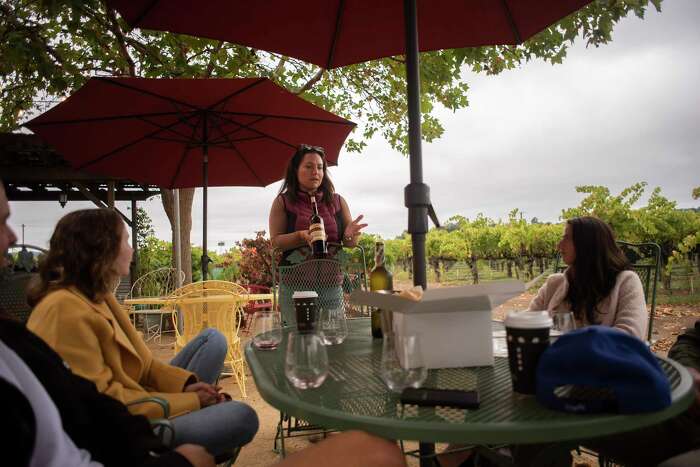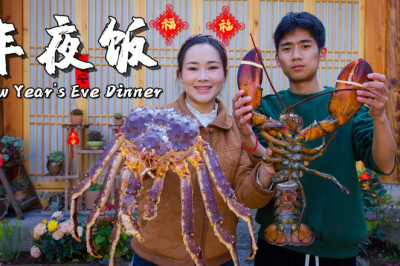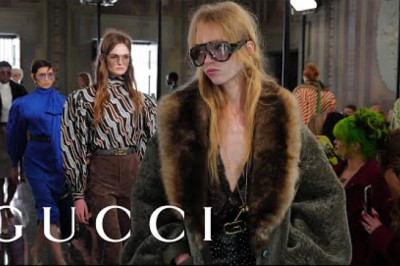
views
What really makes California wine different from European wine?
 The vineyards at Castello di Monsanto, a winery that hews closely to tradition in Chianti Classico, Italy.Esther Mobley / The Chronicle
The vineyards at Castello di Monsanto, a winery that hews closely to tradition in Chianti Classico, Italy.Esther Mobley / The Chronicle
Visiting European wine regions is always so illuminating for me, as someone who spends a lot of time in California wineries. On the surface, more or less, things tend to look the same: European grapes look like American grapes. Their wineries use the same kinds of stainless steel tanks that we do, and barrels emblazoned with the same familiar seals.
But below the surface, some fundamental differences separate American wineries from European ones, especially in storied regions like Tuscany, Italy, where I was lucky enough to spend some time last week.
The defining issue can be described in one word: tradition. Winemaking in Tuscany dates back to the Etruscan period in the 8th century BCE, so, granted, there is a lot of history to contend with. Tradition informs every aspect of Tuscan winemaking — whether one chooses to follow it or reject it.
This idea came up a lot during my visits to wineries in Tuscany’s best-known subregion, Chianti Classico, which produces beautiful red wines from the Sangiovese grape. The first thing to know is that the U.S. regulates wine very differently from places like Italy. Here, in order to print the words “Napa Valley” on a wine label, the only requirement is that the grapes must have been grown in Napa Valley. Easy. To print the words “Chianti Classico” on a wine label, on the other hand, it’s not enough for the grapes to simply have been grown within the boundaries of Chianti Classico. The wine must also adhere to a strict set of government-prescribed rules, including which grape varieties are permitted, how long the wine must age before it’s sold, how old the vines are and more.
The goal of these rules is to ensure that all Chianti Classicos taste like Chianti Classico. The archetypal Chianti Classico is searingly acidic and thickly tannic, with flavors and aromas that recall tart cherry, dried herbs, cigar tobacco and gamey meat. (It’s delicious, a wine that tastes like no other, and achingly perfect with a bite of Pecorino cheese and fennel-flecked salame Toscano.)
Yet the consensus around what Chianti “should” taste like has shifted considerably over time. Throughout the 20th century, the rules changed: At one point, the red Sangiovese grape had to be blended with small amounts of white grapes in order to qualify as Chianti. Other red grapes indigenous to Tuscany, such as Canaiolo, Colorino and Malvasia Nera, were allowed in small amounts, but so-called international grapes, like the French varieties Cabernet Sauvignon and Syrah, were prohibited.
Those restrictions led many of the area’s top producers to abandon the rules altogether, starting in the 1970s. Many of these winemakers thought their Sangiovese would be better if blended with Cabernet, instead of with white grapes, and so they relinquished the privilege of labeling their wines as “Chianti.” These iconoclastic bottlings became known as the Super Tuscans.
Eventually, the rules changed to accommodate some of the Super Tuscans. (The rules changed in many other ways too, including distinctions between “Chianti” and “Chianti Classico,” but I digress.) Nowadays, it’s perfectly kosher to blend Sangiovese — as long as it comprises at least 80% of the cuvee — with Cabernet Sauvignon and still call the wine “Chianti Classico.” The modern interpretation of a “typical” Chianti, in other words, has expanded to include this French influence.
Still, controversies persist, as I discovered during my winery visits. The consortium of Chianti Classico producers recently passed another new set of rules: Wines labeled with the highest quality designation, Chianti Classico Gran Selezione, will now have to be made from 90% Sangiovese, up from 80%, and the remaining 10% cannot be international grape varieties — only those obscure, indigenous Tuscan reds may make up the balance.
One vintner I visited, Laura Bianchi of Castello di Monsanto, approved of this move. She adheres closely to traditions that her parents followed, and already uses these indigenous grapes to round out the Sangiovese in her Gran Selezione. Another winemaker, Marco Pallanti at Castello di Ama, felt differently. He believes that grapes like Cabernet Sauvignon and Cabernet Franc, when combined with Sangiovese, make the superior wine, and thought it was a mistake to exclude them from the top Chianti Classico label.
Top 25 Restaurants Where to eat in the Bay Area. Find spots near you, create a dining wishlist, and more.
It’s impossible to imagine this sort of debate is happening in California. Here, winemakers can use whichever grape varieties they want, in whichever proportions, using any vinification techniques, and neither the government nor their local winery consortium can stop them. Privately, one vintner may bemoan his neighbor’s choices, but that’s his problem. We don’t have government-regulated quality designations like Gran Selezione, or French equivalents like Grand Cru.
 Why natural wine people desperately want you to stop saying ‘funky’
Why natural wine people desperately want you to stop saying ‘funky’
There are disadvantages to our free-for-all approach, like the fact that it’s not always as easy for the wine drinking public to have a sense in their mind of what a “typical” Paso Robles red blend should taste like, as opposed to the clear vision of a Chianti Classico. But I like the creativity that the American system allows room for, and the flexibility it allows for changing the roster of grape varieties in the face of a changing climate.
Most of all, I like walking into a California winery and never quite knowing what sort of wine I’m going to get — always expecting a new surprise.




















Comments
0 comment